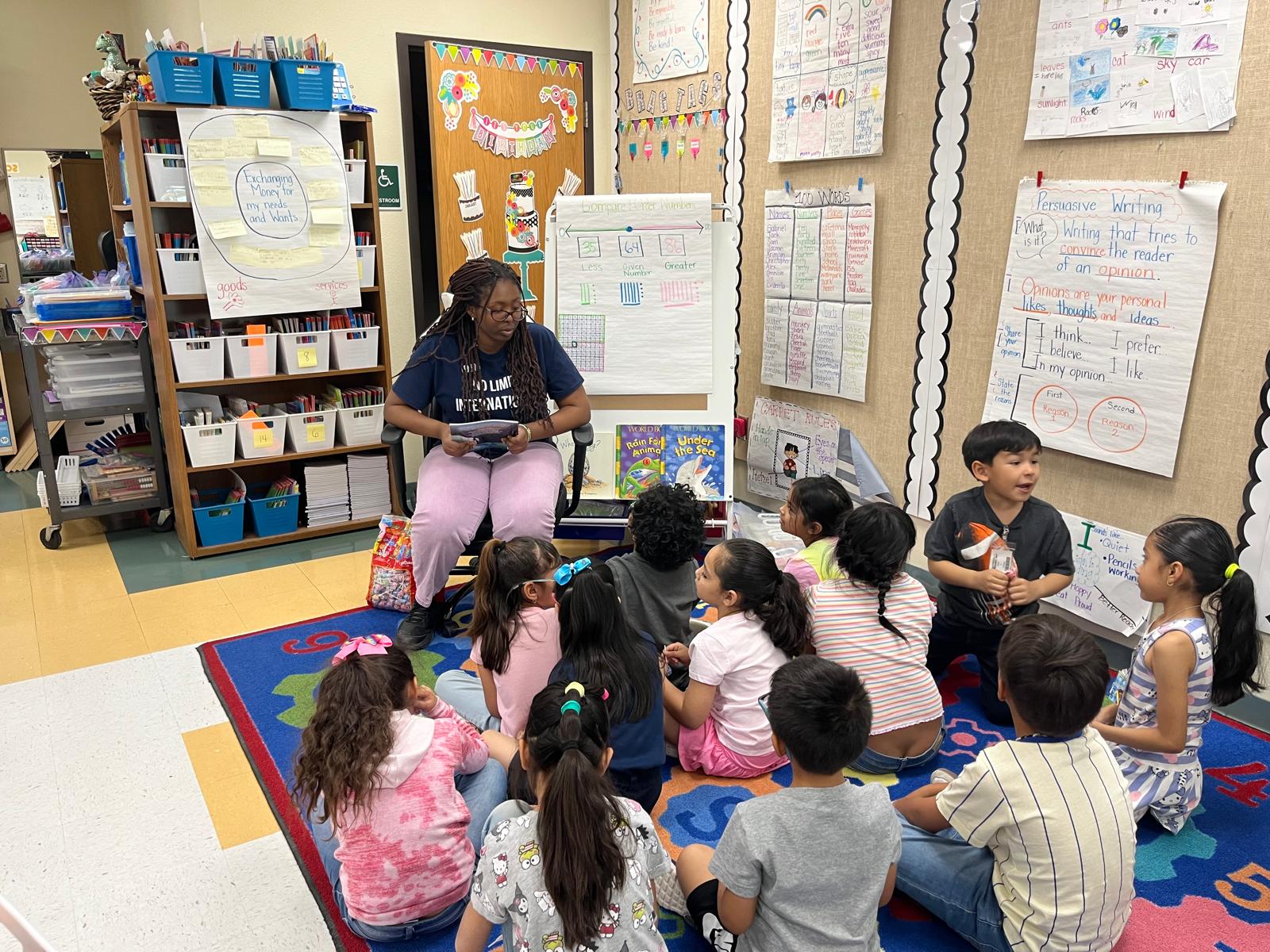


In various elementary schools throughout my city, I’ve had the opportunity to do reading sessions with their 1st and 2nd graders. Through these reading sessions, I’ve read my book to the kids and engaged with them on various environmental topics. I’ve encouraged them to be curious about the environment and always think of different ways to help. To interact with them I’ve done a mini lesson on greenhouse gases. This lesson includes identifying the gases, learning about their causes and impact, and creating models of the gases.








































Inspiring message encourages children to be curious about the environment and get involved in their community. Climate education will lead to climate action!

